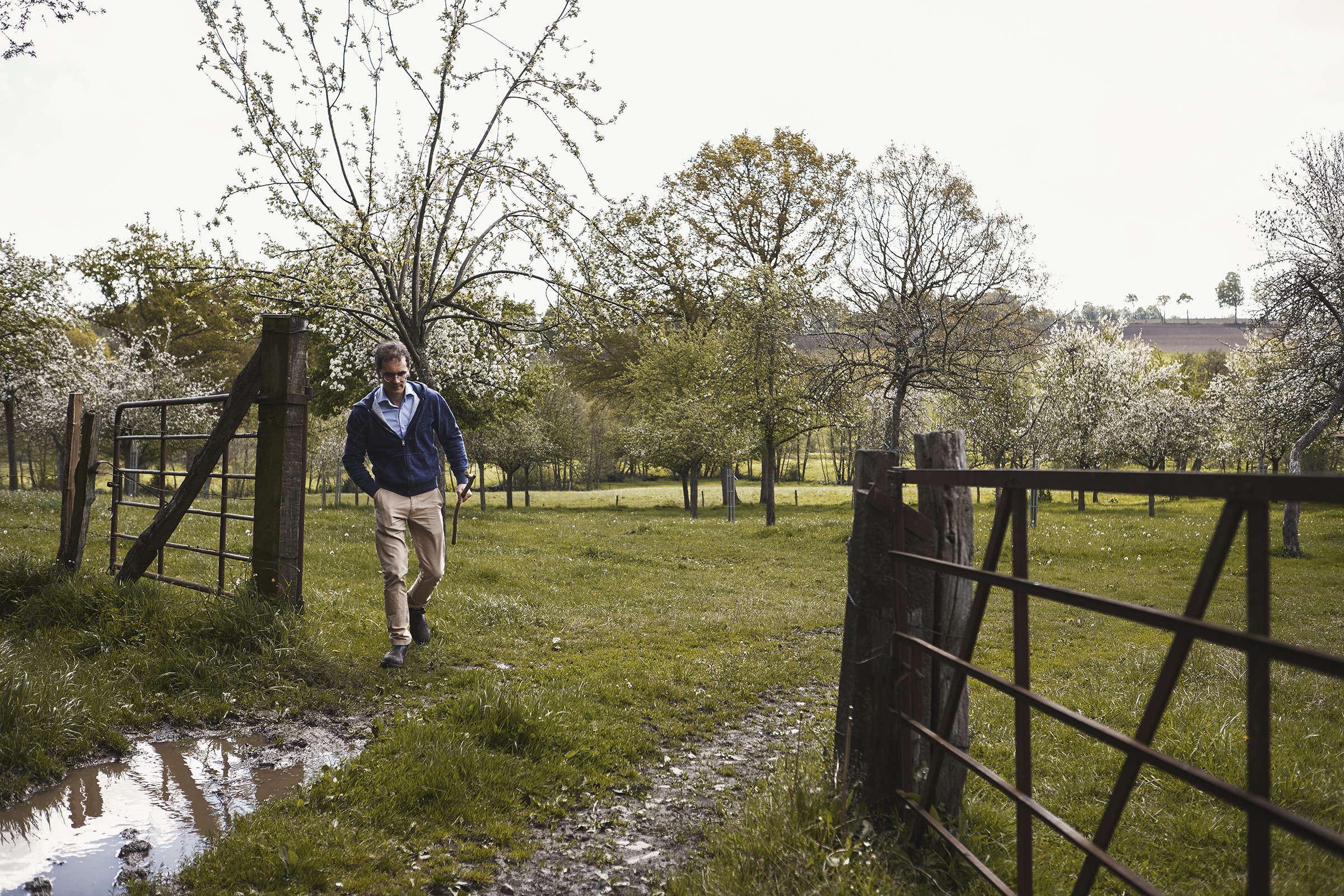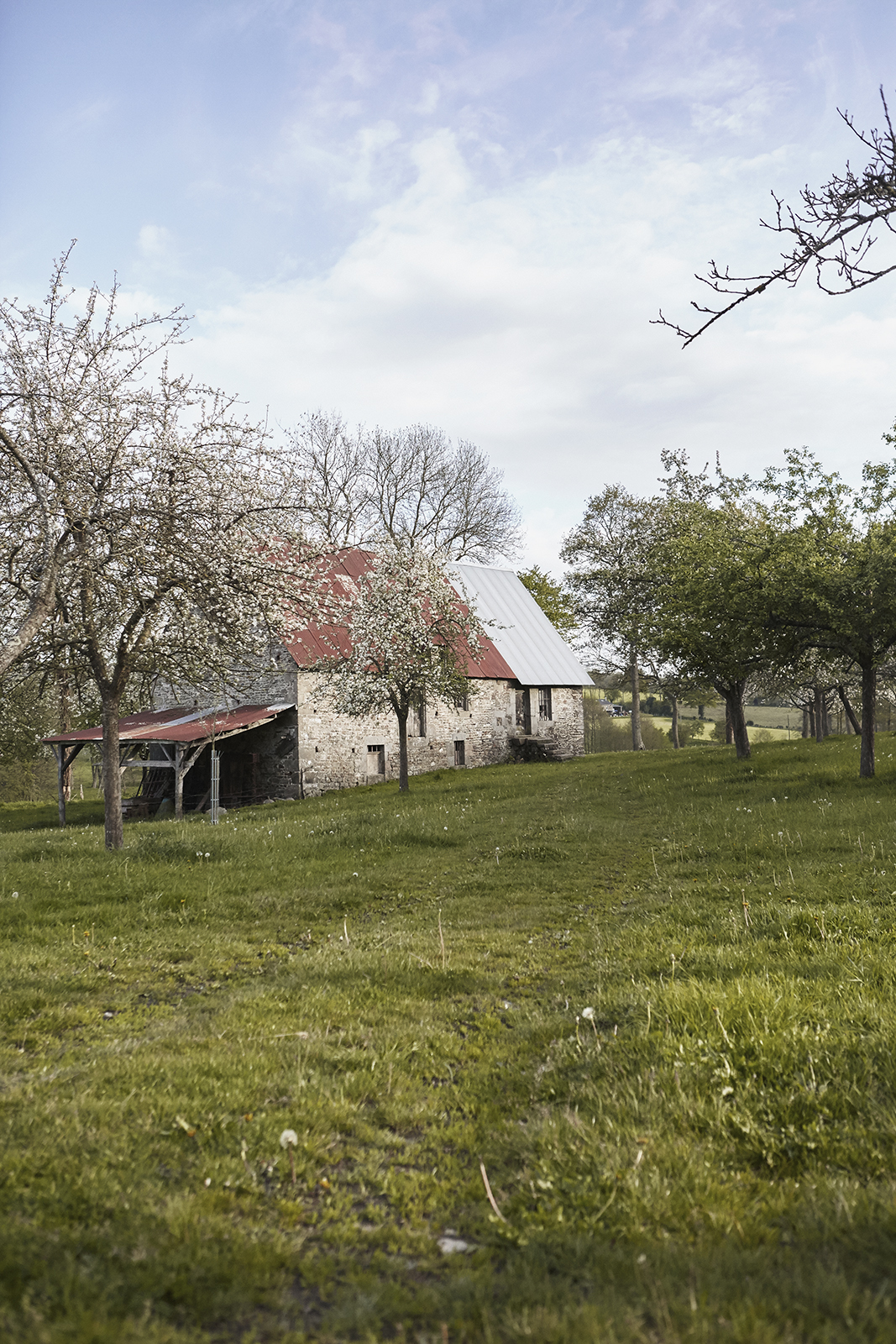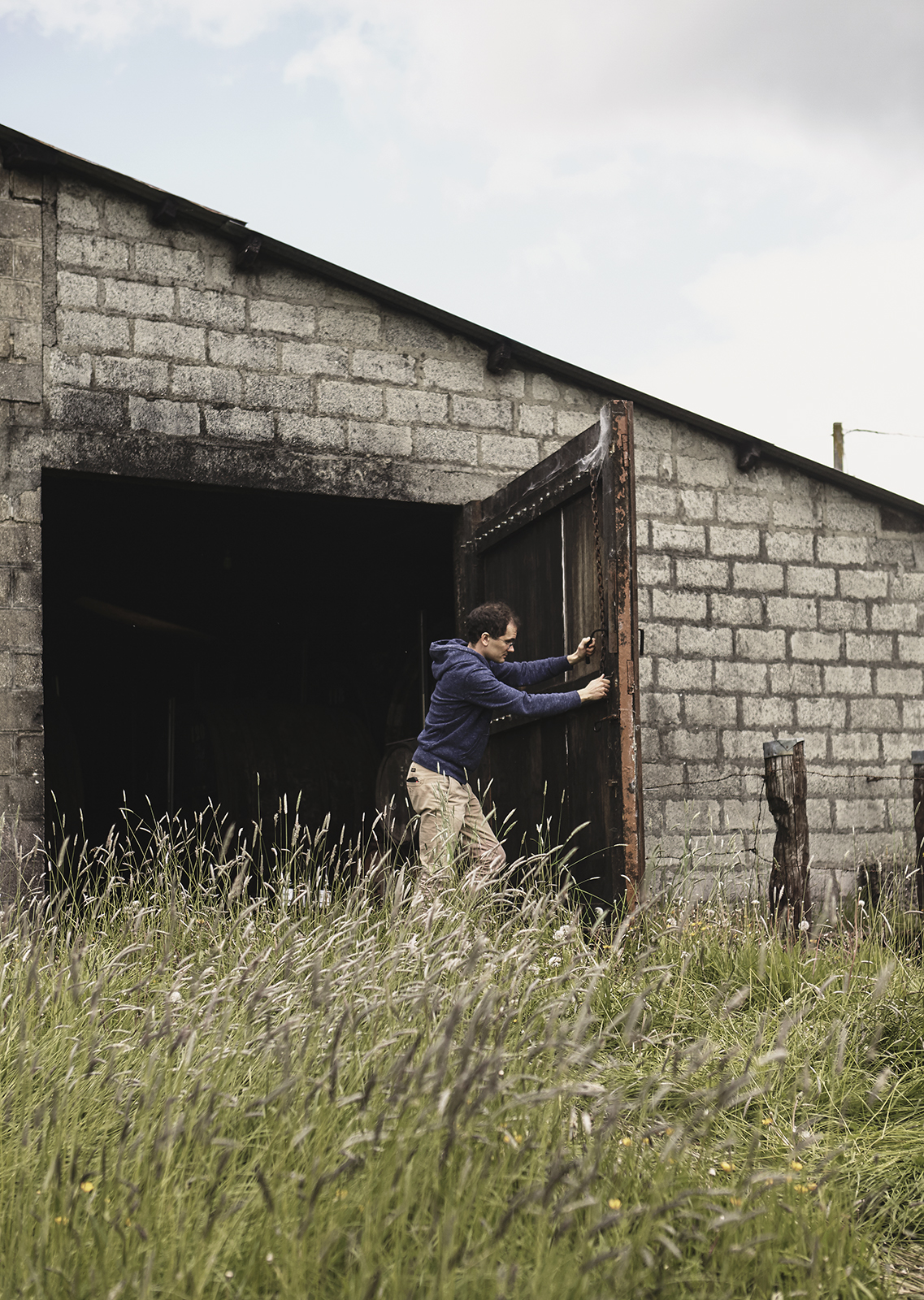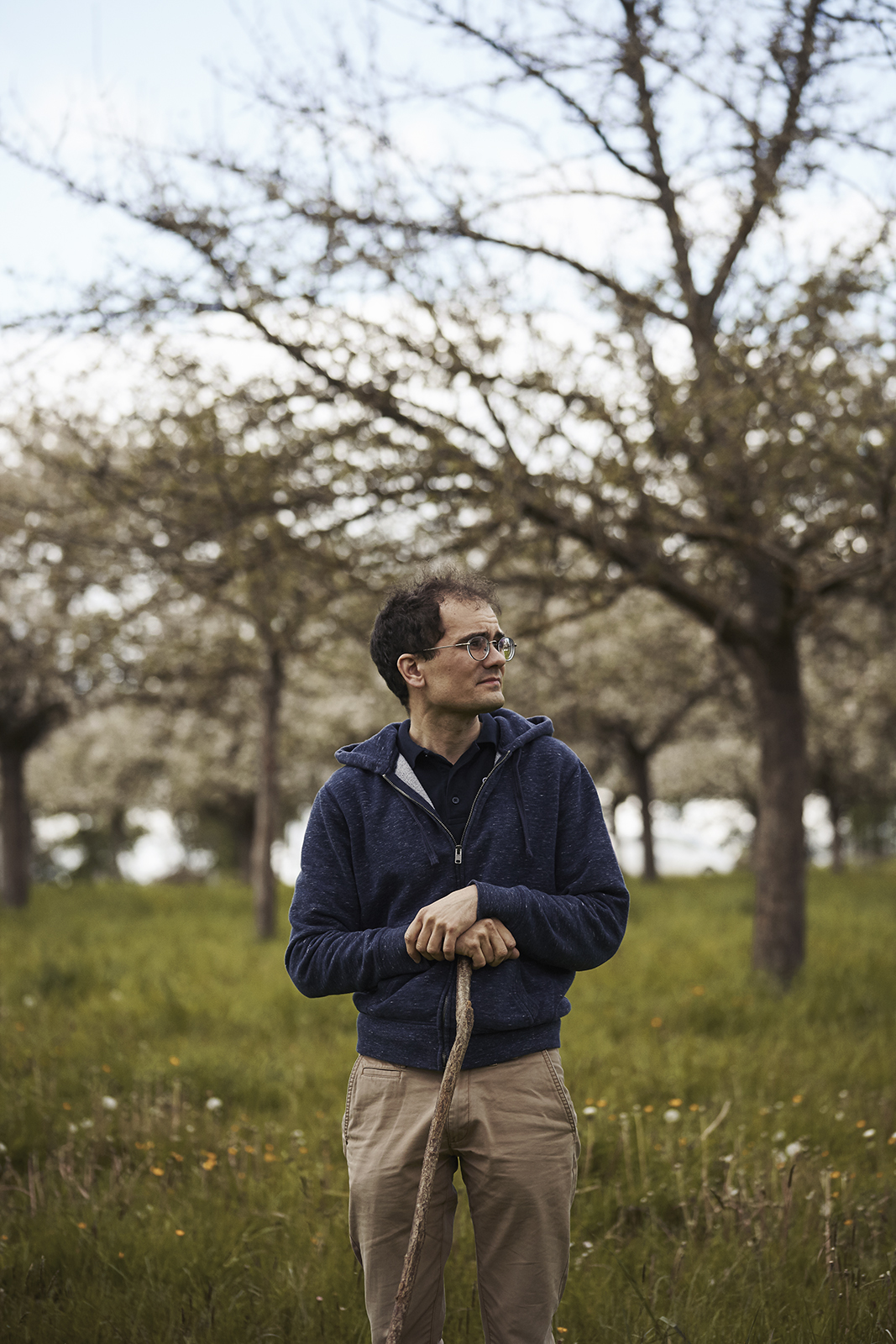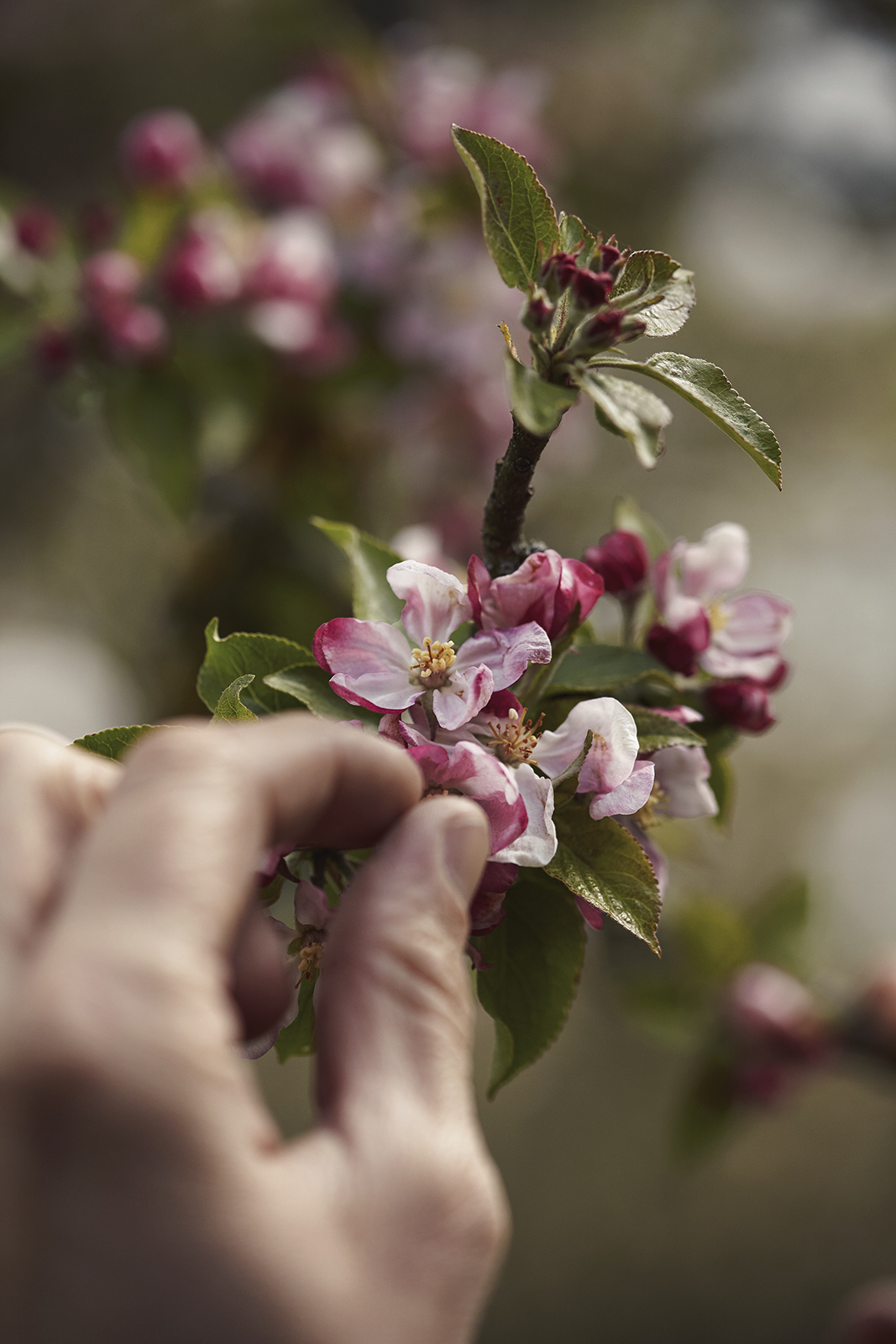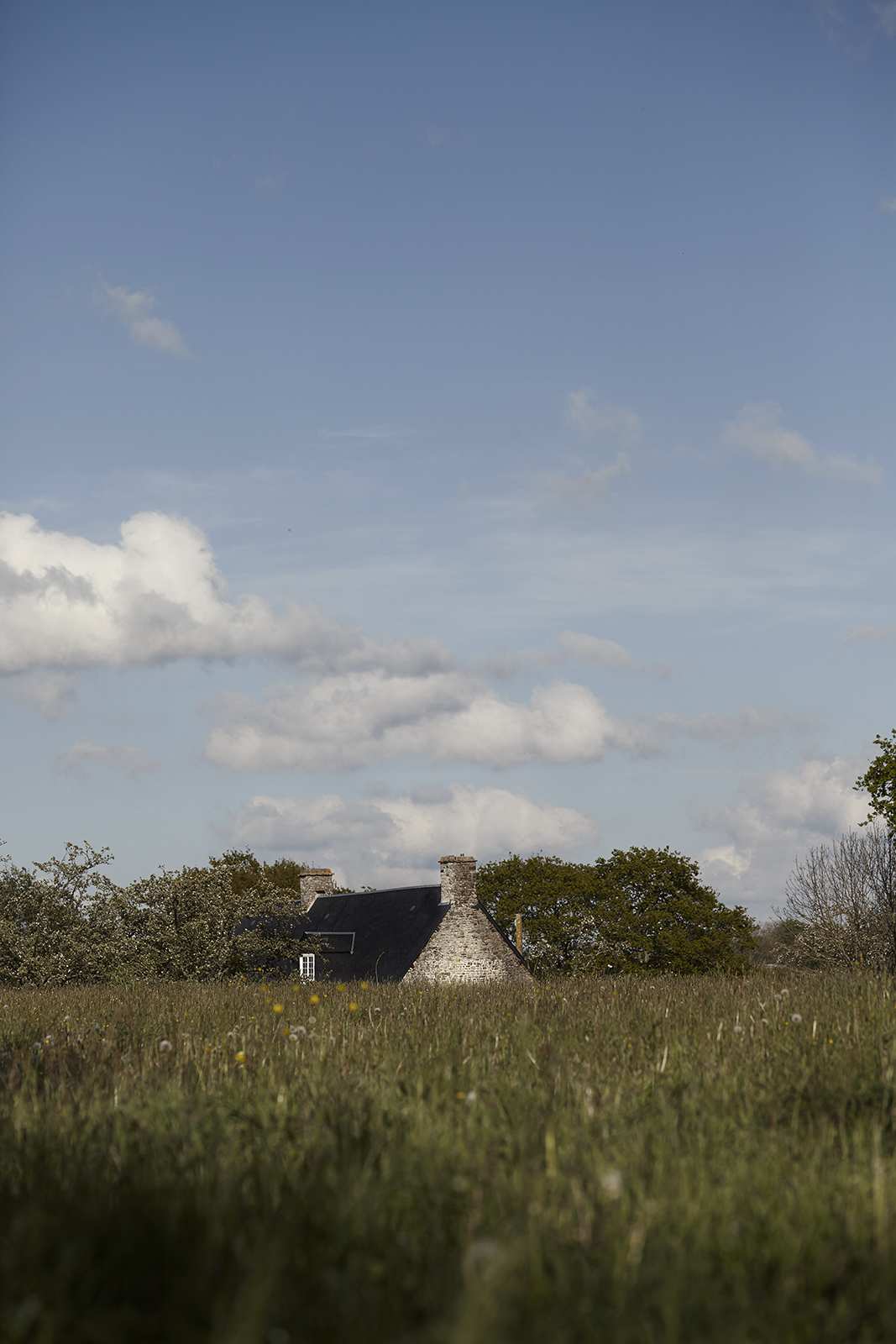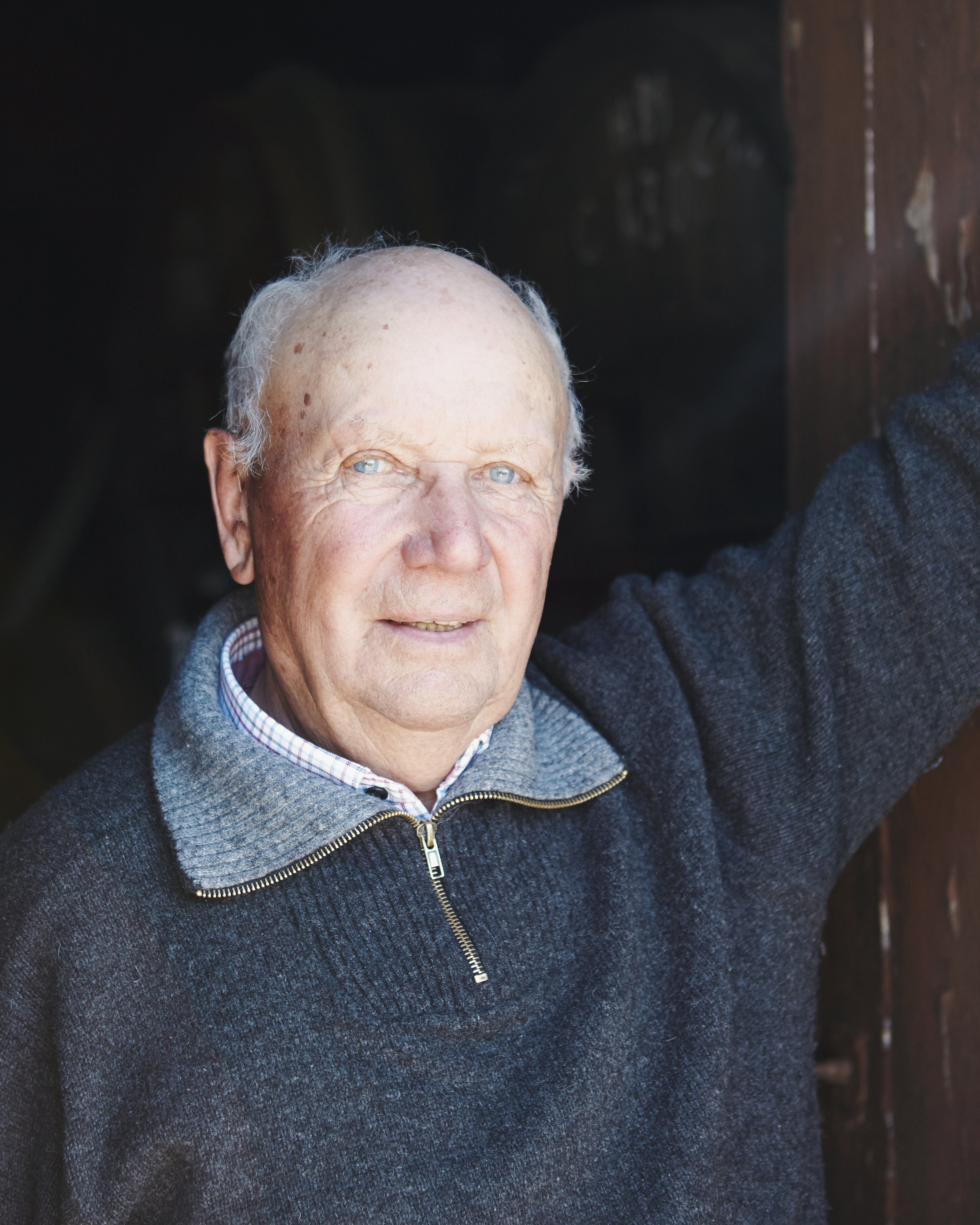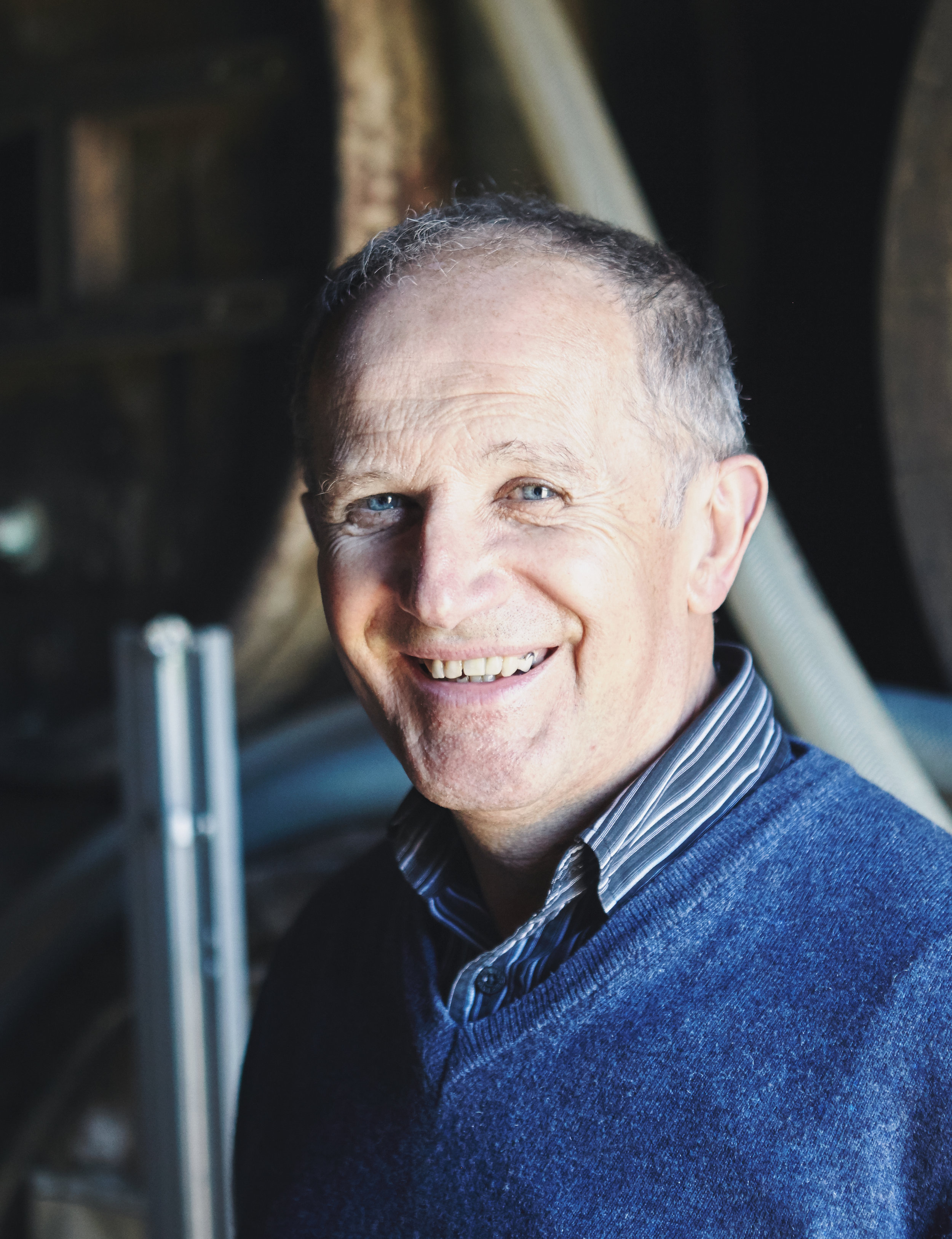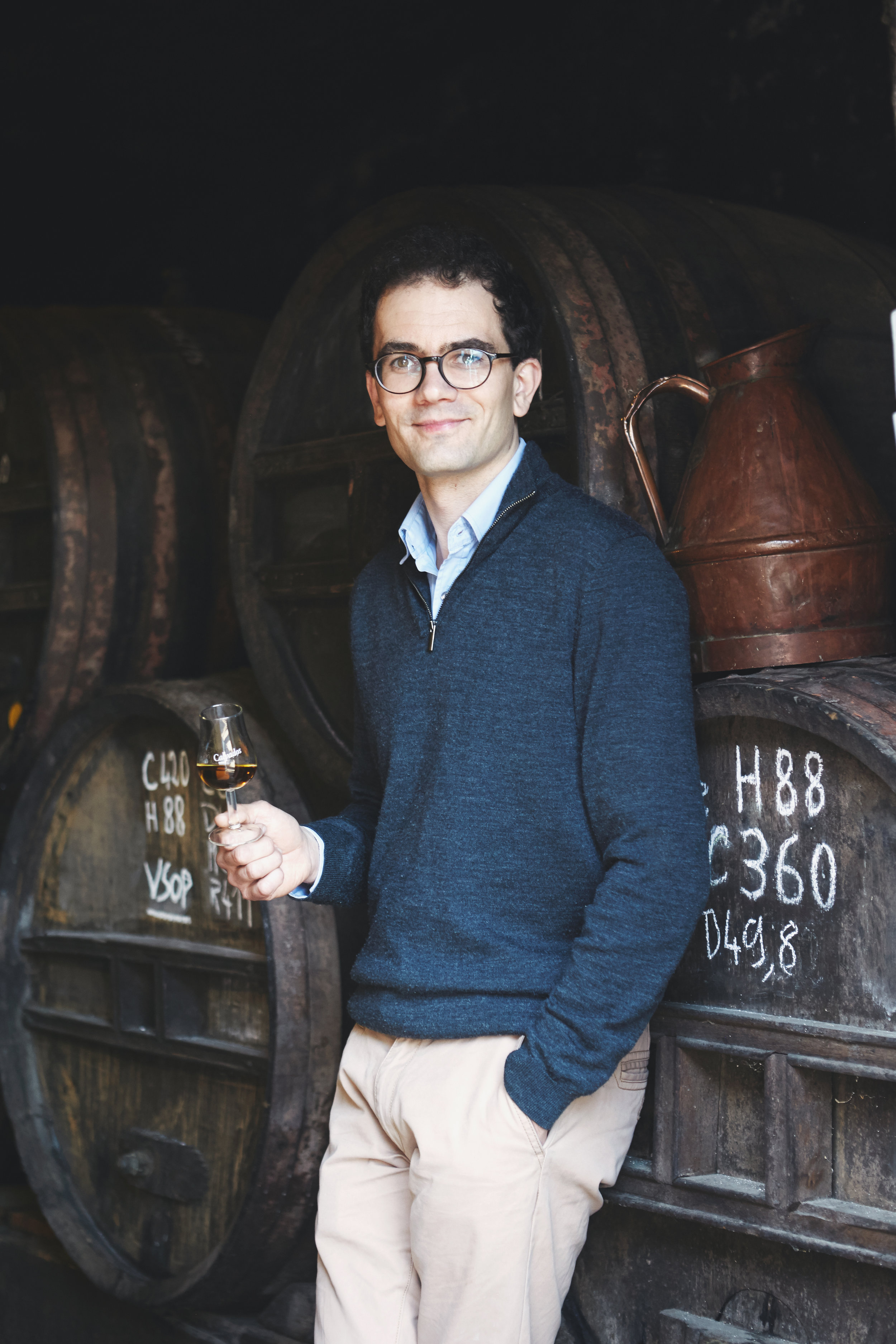How a Family Run Distillery is Reinventing Calvados and Taking on the World
I was about six or seven. My father called me over to the dining room table where he and my grandfather had been having drinks after a decadent, hearty meal. He reached out and presented me with a glass, a snifter, with a rich golden liquid swirling in its base. “Have a sip, son. It’s like apple juice that’ll put a little hair on your chest,” he said with a small grin on his face. Trusting him, I wholeheartedly grabbed the glass with two hands and took a swig. A sense of warmth overcame me as the spirit dragged with what felt like red hot sewing needles. Most importantly at the time, I was shocked, and frankly displeased not to have found any hint of apple juice in that glass. They both chuckled, as my grandfather poured each of them another drink. “A strong drink for strong men, Seb!” he said as he sat the rustic bottle down and turned the handmade label to face me. I vividly remember the large cursive letters that read: Calvados.
Twenty years later, on the outskirts of the village of Frênes, tucked between the lush green pastures indicative of Normandy, I found myself at a table in an artisanal distillery faced with five tasting glasses, eager to rediscover Calvados. I had anticipated that day for three months after a friend introduced me to Nicolas Garnier, a 5th generation distiller who is redefining this apple based eau-de-vie. Inheriting a 140-year-old recipe passed down from father to son, Nicolas—who initially had pursued a career as an oenologist— had brought a fresh perspective to the family tradition—marrying new techniques with the traditional methods that have characterized this spirit for centuries.
“Calvados has had a long standing image of being a harsh, burning, spirit distilled in farms or cabins tucked away at the back of orchards” Nicolas explained as he poured a different type of Calvados into each of the five glasses. I learned that whilst there are three different Appellation d’Origine Contrôlée (Pays d’Auge, Domfrontais and Calvados), there hasn’t been much attention towards refining the spirit in ways that would allow it to step away from its traditional, parochial character.
Like Nicolas and his family, producers have invested years to tap into this spirit’s potential, all the while maintaining traditional methods. “It sounds cliché, but we are modernizing tradition. Artisans are combining modern techniques with traditional methods, allowing us to produce a Calvados that can express itself better and become more representative of its Terroir.” Through this modernization, distillers are not only able to fine tune Calvados in ways that improve its quality, but are also able to represent their craftsmanship and identity. From the moment the sun-warmed apple is picked to the time it spends ageing in barrels, the process lends itself to a variety of steps that can influence the taste. Systematically, Calvados is a spirit with an extraordinary fruit profile, bursting with delicate perfumes the moment it pours out from the alambic. With an inherent potential from the start, as well as exceptional ability to age, this spirits versatility gives each estate the opportunity to focus on specific characteristics that, similar to wine, champagne and cognac, define a unique signature.
As we made our way through the first three glasses, all large commercialize brand names, the burning characteristics of a harsh, handmade spirit was glaring. Leaving very little room to distinguish one from the next, not to mention maintaining the coarse, classic image Clavados has always bared.
The Garnier signature was something I particularly noticed as we indulged in the last two glasses. The first of the two, a young 6-year-old Calvados Garnier immediately stood out from the predictable lineup we had just tasted. A delicate perfume of fresh apples and flowery blossoms spilled from the glass as the first fragrances softly caressed my senses. The distinctive taste of apple, intense and lively, married beautifully with its light and airy structure bringing with it an overall natural sweetness to the palette. Distancing itself from the aggressive qualities typically associated with Calvados, this was the purest representation of the fruit I had ever encountered, with a fresh and more palatable approach.
The last glass, a 20-year-old XO Calvados Garnier, reinforced Nicolas’ belief that Calvados was soon going to take the world by storm. With smoky wooden oak accents, and notes steering towards the classic ‘Tarte Tatin,’ it was hard not to enjoy this homage to tradition. Bringing me back to my grandparents’ dining room, a pep of spice awakened my taste buds like black peppercorn would, yet steered clear of the burning sensation that had made my grandfather chuckle years ago. It rested like heavy creamy caramel, leaving behind an imposing afterthought on my palette. Most importantly, like its 6-year-old counterpart, it still beautifully expressed the fruit that made it. This is the signature Garnier.
“Our Calvados focuses on delicate, refined, and more feminine qualities. Which interestingly enough is very representative of our identity as a family. We aren’t big burly men who produce a very strong and structured spirit. We are humble and gentle men, qualities that are represented in our Calvados.”
As we discussed the future of Calvados over dessert, an apple tart no less, Nicolas shared an interesting remark regarding the evolution that this spirit has undertaken in recent years. “Calvados never changed because distillers never thought it needed to or that it could.” It is due to visionaries like Nicolas and his father, who have recognized the potential of Calvados, that this unique eau-de-vie has a bright future. One that does not deny the heritage that has long defined it, but embraces it; refining its story through the identities of its distillers and terroir.
While the evening settled into night, it became evident that while the modernisation of traditional methods was redefining this spirits identity, it pursues a greater purpose. With the ability to extend itself to a variety of pallets, as well as its great value, Calvados appeals to a larger market; a unique quality brought forth by its versatile process. Before we retreated to our rooms Nicolas left me with one last piece of wisdom that has since stuck with me.
“We can’t forget that in the end, should it be a bottle of wine, Cognac, Whiskey or Calvados, it is meant to be shared. And, at its core, it is about pleasure. The most fun that we can have...is to find yourself on the Arcachon Bay, your feet in the sand, eating oysters with your friends while drinking a bottle of sauvignon blanc...That is what is so important. And Calvados is able to give us that...which in itself is the reason we distill.”
Photo essay by: Sébastien Dubois-Didcock




